Absolute Angus named supreme winner of the Outstanding NZ Food Producer Awards
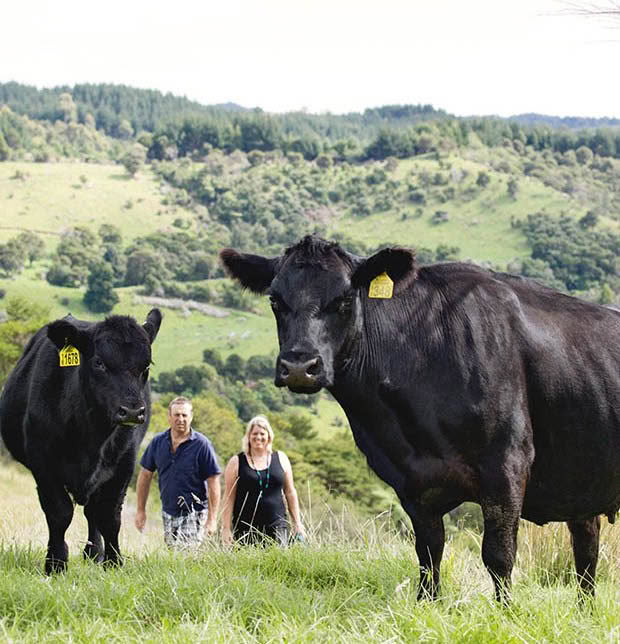
Sean and Jodi Brosnahan of Absolute Angus.
Meet Sean and Jodi Brosnahan – East Coast farmers, breeders of supreme Angus beef and winners of the inaugural Outstanding NZ Food Producer Awards 2017
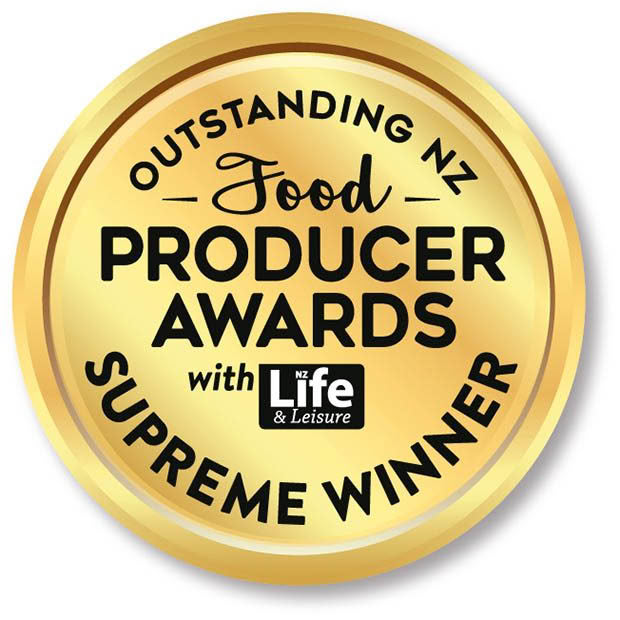
Words: Anna Tait-Jamieson Photos: David Whorwood
This could be the perfect steak. Thickly cut from the eye of the rib and nicely marbled with fat, it is garnet red and it tastes sensational.
Three weeks on the hook has deepened the flavour and loosened the fibres so the meat cooks beautifully, yielding a succulent steak with a satisfying chew and a flavour that is the very essence of beef.
It is pedigree beef, branded Absolute Angus and raised on the East Cape by farmers Sean and Jodi Brosnahan, supreme winners of the inaugural Outstanding NZ Food Producer Awards 2017.
READ THE FULL LIST OF CATEGORY WINNERS HERE
They never expected to win, they merely hoped for some rigorous feedback from an experienced panel of judges. “We’ve always had a feeling about how good our beef is but we’ve never had proof,” explains Jodi.
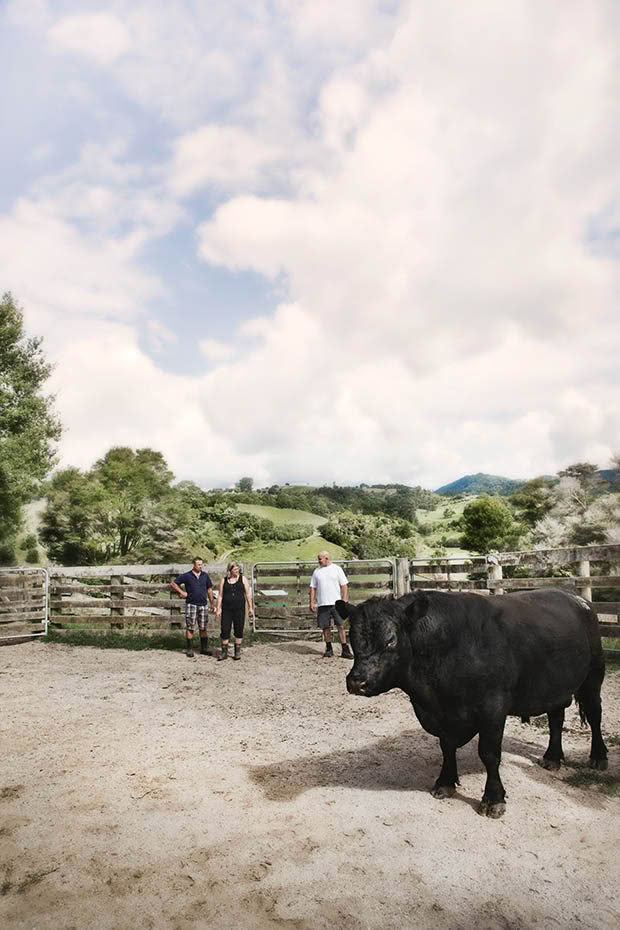
The judges’ notes are stacked with superlatives. Gorgeous! Intense! Delicious! One judge described it as a taste of her rural childhood – an astute observation because this really is retro beef, bred directly from the original aberdeen-angus breed.
Sean, a fourth-generation farmer and former livestock agent, has developed his pedigree herd over the past 21 years. The cattle at the Brosnahan’s property, Resurgam are one of only half a dozen Pure New Zealand angus herds left in the country, with none of the imported American genetics that make the modern New Zealand angus, bigger, taller and leaner than the cattle that came to Aotearoa from Scotland in the late 1800s.
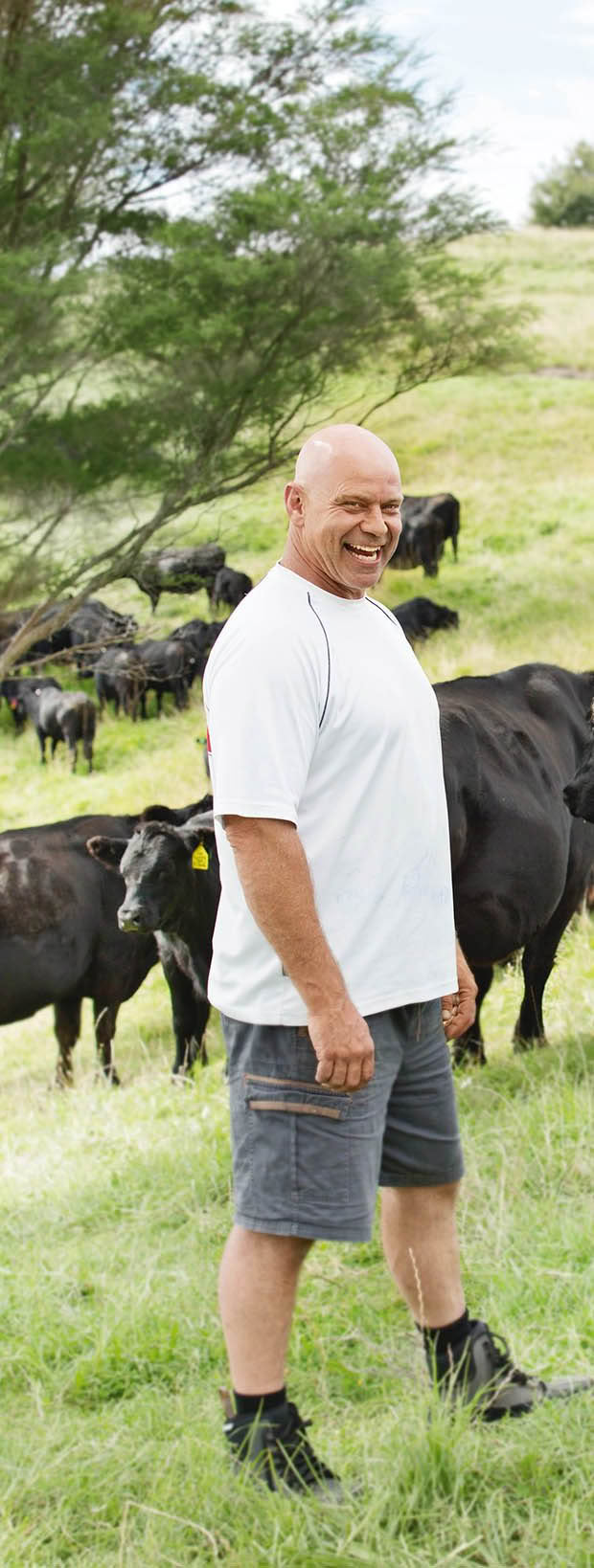
Butcher Garth Bostock is an essential part of the Brosnahans’ paddock-to-plate business.
Curious to find out what influence this might have on the meat, we visited Jodi and Sean at his parents’ farm in Ohope where he keeps a small mob of cattle. Butcher Garth Bostock, an essential part of the Brosnahans’ paddock-to-plate business Absolute NZ Meat, joined us in the field. A fan of Sean’s meat, Garth says he could spot the difference from the very first time he saw it – on four legs in the paddock.

“They don’t look like the normal angus you see: it’s the shape, they’re very square and blocky.”
“Well-rounded and straight across the back,” adds Sean, pointing out a heifer. “Look at this one, she’s a brick on legs.” He says the cattle are very efficient converters of grass to beef. That and their short stocky build makes them well suited to the hills on the East Cape where the main herd is farmed. It is a clean and natural environment, the cattle roam across 2600 hectares and feed entirely on grass (no hay, silage or supplements). The soil is improved with biological fertilizers, drenching is minimal, and the calves stay on their mothers for the first 10 months of their stress-free lives.
“We’re not reinventing the wheel,” says Sean. “We’re just bringing back practices that are forgotten – genetics and practices.” Garth says this is reflected in the meat.
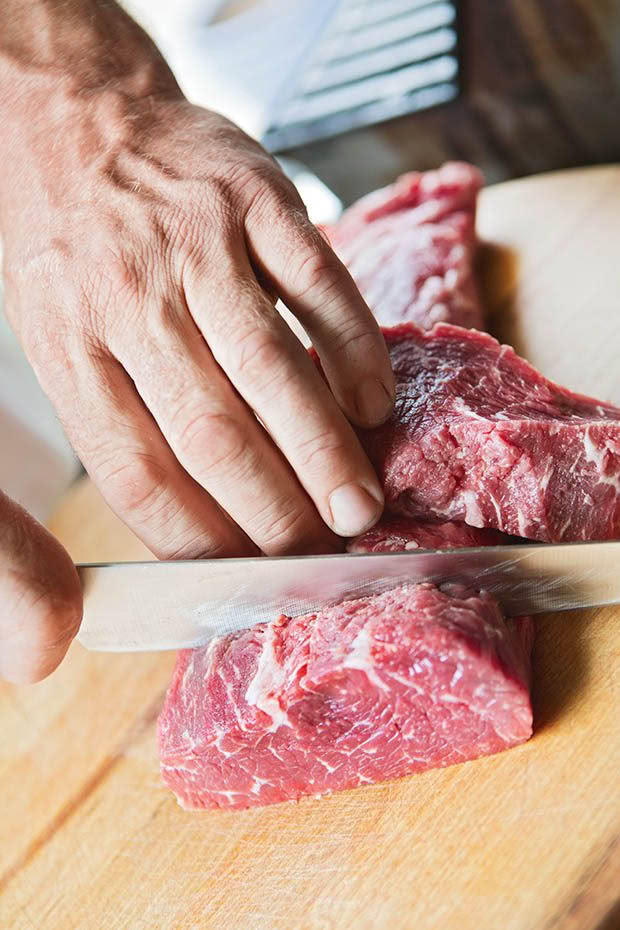
“It’s a lot richer in colour; it’s crimson, not pink, and that tells me it’s more nutrient-rich. There’s not so much marbling and the fat around the outside is a very firm fat. People say meat must be pink and marbled but we’ve been led to expect that because that’s what’s produced.”
(Indeed, research suggests the importance of marbling as a sole indicator of tenderness may be overstated – factors like stress can override the benefits.)
Nutrition is high up on Jodi’s list of priorities. A trained dietician, she was taught that in terms of nutritional value all beef is the same. She now knows that’s not true. Seeing the effects of biological fertilizers on their land has been an eye opener: “The soil is so important to growing good grass; that’s what gives you the nutrients. We know what goes into our beef, and the fact the cows roam the hills develops the healthier fats.”

Jodi met Sean when she was working at Wellington Hospital. She was a city girl, raised in Christchurch, and knew nothing about farming. He wooed her with beef and made his intentions clear when he gifted her a pair of Red Band gumboots.
They were the first of many, worn down by hours of work on the hills, shifting stock and moving fences on the Waikura Valley land where they now live with their four children. The land – three Māori Trust blocks – was rundown and very remote but it had potential and suited their plans. “Sean always wanted to farm out in the big country with working dogs,” says Jodi.
“The East Cape – we could afford it, it was cheap and it had scale.”
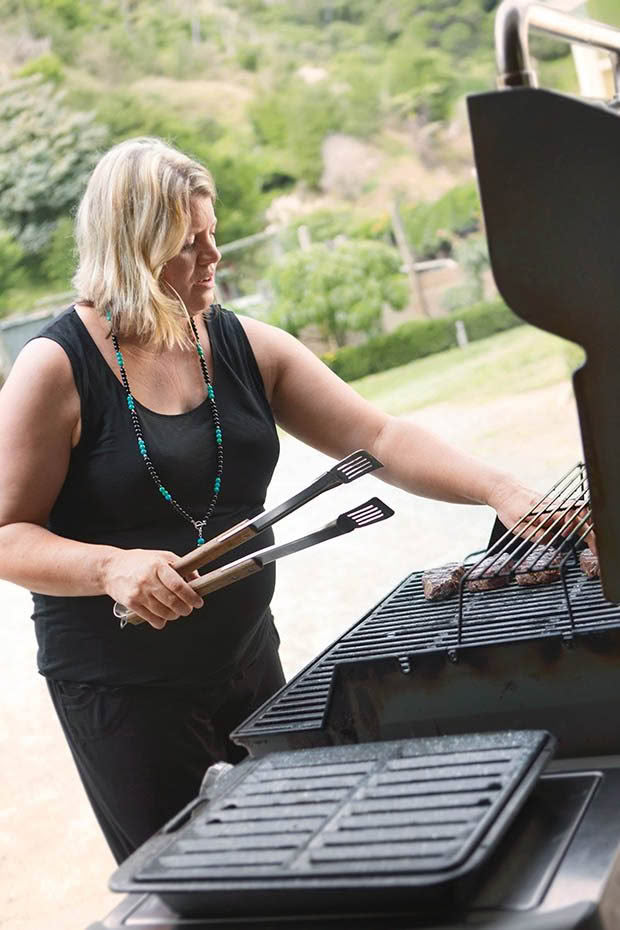
Restoring the leased land to its former productivity has given them a great sense of purpose. Its scale has enabled them to farm sheep, build up the stud herd and, most importantly, realize Sean’s ambition to raise, finish and sell his own beef. He had always considered it a shame to breed such fine animals only to have the stock truck pick them up at the gate. His new business gives him control every step of the way; he calls it “breeding from conception to plate”.
He particularly values the way it has re-established connections between farmer, butcher and consumer. He might be miles away from the households who order his meat boxes but he’s not scared of picking up the phone to follow up on the delivery. He talks to his customers; asks how the meat cuts, how it cooks, how it tastes, and he says that is so much more satisfying than getting a checklist of grades and weights from the meat works.
Equally satisfying was hearing that after only four months in the business he and Jodi were finalists in the Outstanding NZ Food Producer Awards. “I think it’s a reasonable achievement,” he says, as yet unaware they had scooped the main prize. “We’re quite proud of the fact. And in essence, when I look back, it’s been 21 years in the making.”
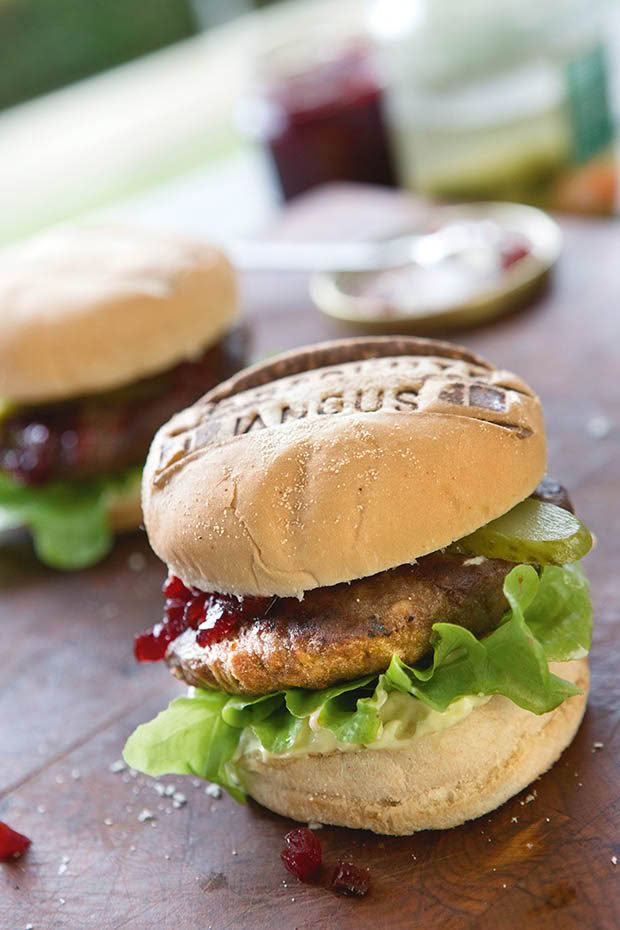
A SENSE OF PURPOSE
Jodi Brosnahan says she cried when she arrived in the Waikura Valley for the first time and saw the house her family would live in. It was scrawled with graffiti, there were holes in the walls and the door was locked with a spoon. The farm buildings had been let go and all three Maori Trust blocks needed re-fencing but the land itself was in good shape and the area is blessed with good rainfall.
Sean saw the potential and for several years now he’s been “sorting it out” – employing local people to help fence, build cattle yards and actively manage the pasture. It is now a resilient farm business that’s sustainably managed with five income streams: beef, lamb, wool, manuka honey and manuka oil.
He says he and Jodi have only done what farmers do: “Move onto a piece of land and try to improve it so that when you leave, it’s better than when you started.” What makes this such a good story is that they’re doing it for the ultimate benefit of their local community on land that’s not their own.
“Our philosophy is we’ve come on board and we want to turn things around and put mana and respect back into these Maori blocks. We see it as a privilege to have the opportunity to take on this land and restore it to its former glory. Ultimately the dream is we can get ourselves onto our own block of dirt and the Trust can step in and carry on what we’ve set up.”

A GOOD STEAK
Jodi: What I love about our Absolute Angus Scotch Fillet is that it doesn’t matter if you slightly under or over cook it, you can’t ruin it. This makes it perfect for a dinner party where you want to impress without stress. I like it whole or cut into steaks and grilled on a barbecue with just a touch of manuka smoke.
Use a hooded barbecue and a small metal wood smoking box filled with manuka wood chips. Place it directly over the flames to burn the chips and release the flavoursome smoke. Rub olive oil, salt and pepper over the steaks and place high up on a tray or on part of the grill with no direct heat. Close the lid and leave for about 3 minutes so they get some smoke but don’t over cook. Open the lid and move the steaks directly onto the hot grill. Depending on the thickness of the cut, you may only need to sear them quickly on both sides to cook medium rare.
To cook the whole fillet, trim excess sinew from the outside and rub generously with olive oil, salt and pepper. Sear on all sides until brown then close the lid and cook with indirect heat for 25 to 30 minutes with the smoking box working away under the hood. As with the steaks, allow it to rest for 10 minutes before serving.
READ THE FULL LIST OF CATEGORY WINNERS HERE
 This article first appeared in NZ Life & Leisure Magazine.
This article first appeared in NZ Life & Leisure Magazine.
